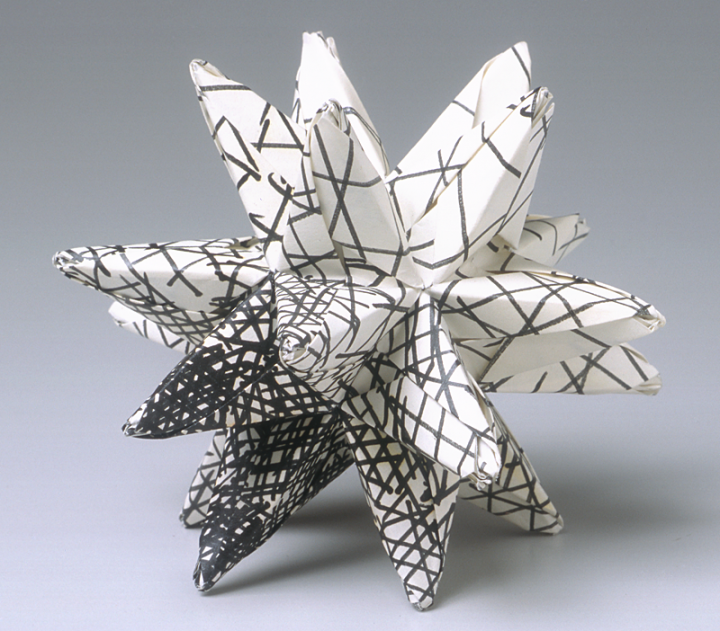Elements and principles of design
Elements of Design
 Line: is pretty much the most basic element of design, and is used the most. Using lines emphasis pictures and makes them stand out.
Line: is pretty much the most basic element of design, and is used the most. Using lines emphasis pictures and makes them stand out.
 Texture: Another word for surface quality. Texture in drawing cannot be felt but only seen. The picture should look almost 3D so you can imagine what it feels like.
Texture: Another word for surface quality. Texture in drawing cannot be felt but only seen. The picture should look almost 3D so you can imagine what it feels like.
 Shape: Shape is a 2 dimensional area that has been defined. An example of a shape can be a square, circle, rectangle, triangle.
Shape: Shape is a 2 dimensional area that has been defined. An example of a shape can be a square, circle, rectangle, triangle.
 Form: Is when the image looks like it is 3 dimensional. Tone and shadows are used to create this look. Examples of form are, rounded, squared, angular, textural, volume/mass.
Form: Is when the image looks like it is 3 dimensional. Tone and shadows are used to create this look. Examples of form are, rounded, squared, angular, textural, volume/mass.
 Intensity: Intensity describes how dark/light a colour is on the image. For example, bright/radient, strong, vivid, weak/dull.
Intensity: Intensity describes how dark/light a colour is on the image. For example, bright/radient, strong, vivid, weak/dull.
 Tone/value: This is the light and dark in a picture. It can be strong, weak, gloomy, and dull.
Tone/value: This is the light and dark in a picture. It can be strong, weak, gloomy, and dull.
 Colour: Colours is also another word for hue. Colours can be dark, such as black, navy, grey, then theres light colours such as, yellow, orange, or green. Examples of colour are, bright, pastel, warm, cool, in harmony, and disordent.
Colour: Colours is also another word for hue. Colours can be dark, such as black, navy, grey, then theres light colours such as, yellow, orange, or green. Examples of colour are, bright, pastel, warm, cool, in harmony, and disordent.
Principles of art:
 Balance: Means there is some type of order in the picture, it can be symetrical, asymmetrical, formal, informal, random or ridged, imbalanced so the picture might feel awkward.
Balance: Means there is some type of order in the picture, it can be symetrical, asymmetrical, formal, informal, random or ridged, imbalanced so the picture might feel awkward.
 Contrast: Contrast means the difference between bright and dark colours or opposition. There is high contrast, and low contrast. High contrast can emphasize, dramatize, add variety, and surprise. Low contract can be used to soothe, settle, harmonize, and comfort.
Contrast: Contrast means the difference between bright and dark colours or opposition. There is high contrast, and low contrast. High contrast can emphasize, dramatize, add variety, and surprise. Low contract can be used to soothe, settle, harmonize, and comfort.
 Movement: With movement, you are trying to make it look like something is moving in the image. It can be done through abstract, non-representational marks such as, diagonal lines, broken edges, and graduation of tones.
Movement: With movement, you are trying to make it look like something is moving in the image. It can be done through abstract, non-representational marks such as, diagonal lines, broken edges, and graduation of tones.
 Pattern: Pattern is repeated over and over to create rythem. Pattern can be organized to be created in random fashion.
Pattern: Pattern is repeated over and over to create rythem. Pattern can be organized to be created in random fashion.
 Emphasis: Means to have a focus on a focal point or center of image. Emphasis uses darkness and light, sharpness and dull.
Emphasis: Means to have a focus on a focal point or center of image. Emphasis uses darkness and light, sharpness and dull.
 Unity: Unity tries to create an image that looks all-together as one. It can produce the feeling of harmony, completeness, disharmony, imcompleteness, disorder, and dissonance.
Unity: Unity tries to create an image that looks all-together as one. It can produce the feeling of harmony, completeness, disharmony, imcompleteness, disorder, and dissonance.
 Line: is pretty much the most basic element of design, and is used the most. Using lines emphasis pictures and makes them stand out.
Line: is pretty much the most basic element of design, and is used the most. Using lines emphasis pictures and makes them stand out.  Texture: Another word for surface quality. Texture in drawing cannot be felt but only seen. The picture should look almost 3D so you can imagine what it feels like.
Texture: Another word for surface quality. Texture in drawing cannot be felt but only seen. The picture should look almost 3D so you can imagine what it feels like.  Form: Is when the image looks like it is 3 dimensional. Tone and shadows are used to create this look. Examples of form are, rounded, squared, angular, textural, volume/mass.
Form: Is when the image looks like it is 3 dimensional. Tone and shadows are used to create this look. Examples of form are, rounded, squared, angular, textural, volume/mass.
No comments:
Post a Comment